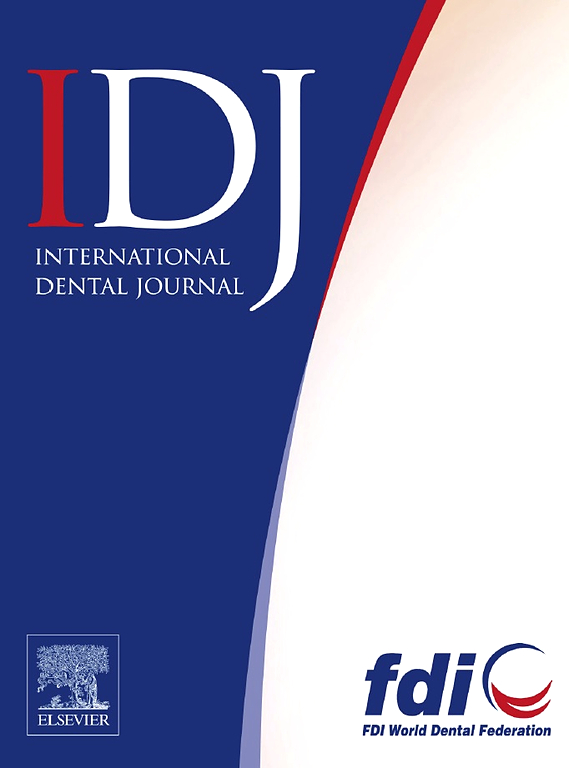基于人工智能的口腔咬合力检测智能手机应用设计
IF 3.7
3区 医学
Q1 DENTISTRY, ORAL SURGERY & MEDICINE
引用次数: 0
摘要
牙合力异常在口腔疾病的发生中起着至关重要的作用。目前,咬合力领域尽管具有巨大的潜力,但仍在很大程度上未被探索。以前的研究已经记录了各种检测咬合力的设备;然而,缺乏相应的视觉应用程序来促进准确的诊断和治疗。因此,本研究的目的是设计一款智能检测口腔咬合力的智能手机应用程序。方法本研究开发了一个分析咬合力检测的智能程序软件,该软件包括介绍、环境设置、数据接收与传输、分析处理、安装与卸载以及用户说明等模块。蓝牙无线传输已被用于传输、存储和分析咬伤模拟数据。结果开发的应用程序以单线或多线图形的形式呈现传感器数据,辅助牙医对口腔疾病的诊断和治疗。此外,该程序应用通过检测采集到的数据,并根据预先设定的阈值,利用各种输出模式进行反馈,提示患者进行自我纠正,从而实现生物反馈调节。结论本智能应用程序可为临床牙医提供咬合力的实时监测、智能反馈和有效干预。临床意义:通过实现咬合力与口腔颌面系统的动态平衡,将疾病的诊断和治疗提高到定量、可控、可预测的水平。本文章由计算机程序翻译,如有差异,请以英文原文为准。
Designing a Smartphone Application for Detection of Oral Bite Force Using Artificial Intelligence
Introduction and aims
The abnormal bite force plays a crucial role in triggering oral diseases. Currently, the field of bite force remains largely unexplored despite its immense potential. Previous studies have documented various devices for detecting bite force; however, there is a scarcity of corresponding visual applications to facilitate accurate diagnosis and treatment. Therefore, the purpose of this study is to design a smartphone application for intelligent detection of oral bite force.
Methods
This study has developed an intelligent program software for analyzing bite force detection, which encompassing modules such as introduction, environment setup, data reception and transmission, analysis processing, installation and uninstallation, as well as user instructions. Bluetooth wireless transmission has been utilized to transmit, store, and analyze bite simulation data.
Results
The developed application has presented sensor data in the form of single or multiple line graphs, assisting dentists in the diagnosis and treatment of oral diseases. Additionally, this program application provided feedback by detecting collected data and utilizing various output modes based on pre-set threshold values to prompt patients for self-correction, thereby achieving biofeedback regulation.
Conclusion
This intelligent application was designed to provide dentists with real-time monitoring, intelligent feedback, and effective intervention of bite force in their clinical practice. Clinical relevance: By achieving a dynamic equilibrium between bite force and the oral maxillofacial system, it aims to enhance disease diagnosis and treatment to a quantitative, controllable, and predictable level.
求助全文
通过发布文献求助,成功后即可免费获取论文全文。
去求助
来源期刊

International dental journal
医学-牙科与口腔外科
CiteScore
4.80
自引率
6.10%
发文量
159
审稿时长
63 days
期刊介绍:
The International Dental Journal features peer-reviewed, scientific articles relevant to international oral health issues, as well as practical, informative articles aimed at clinicians.
 求助内容:
求助内容: 应助结果提醒方式:
应助结果提醒方式:


